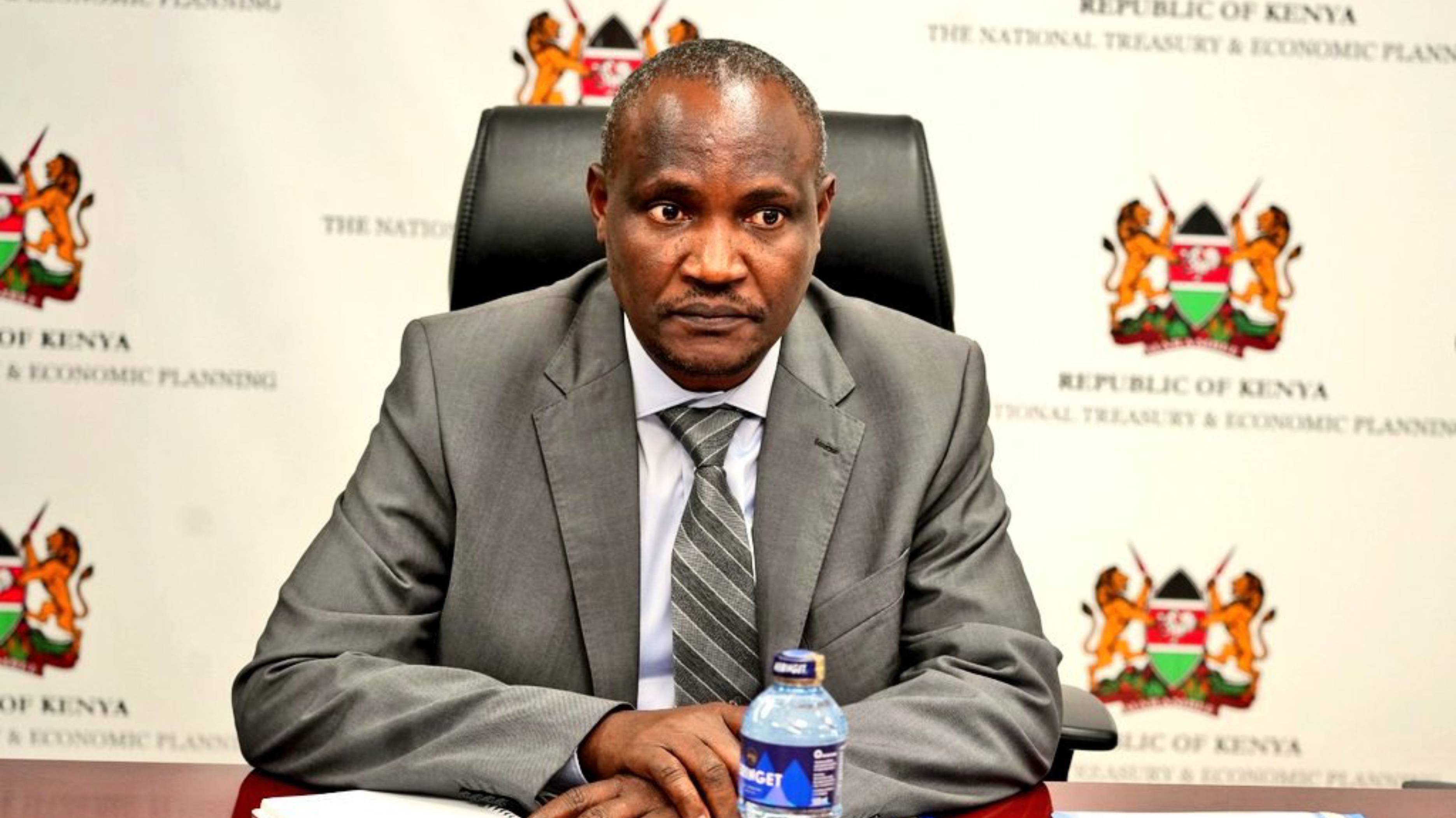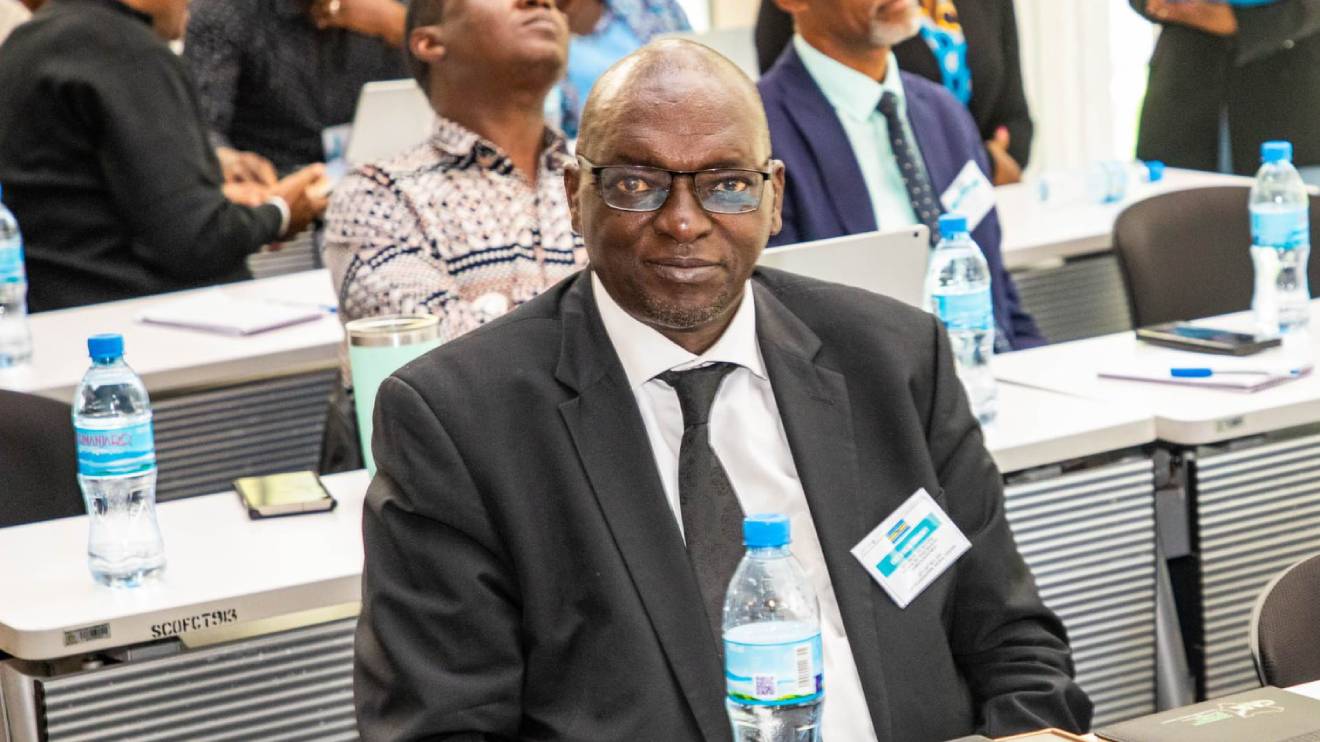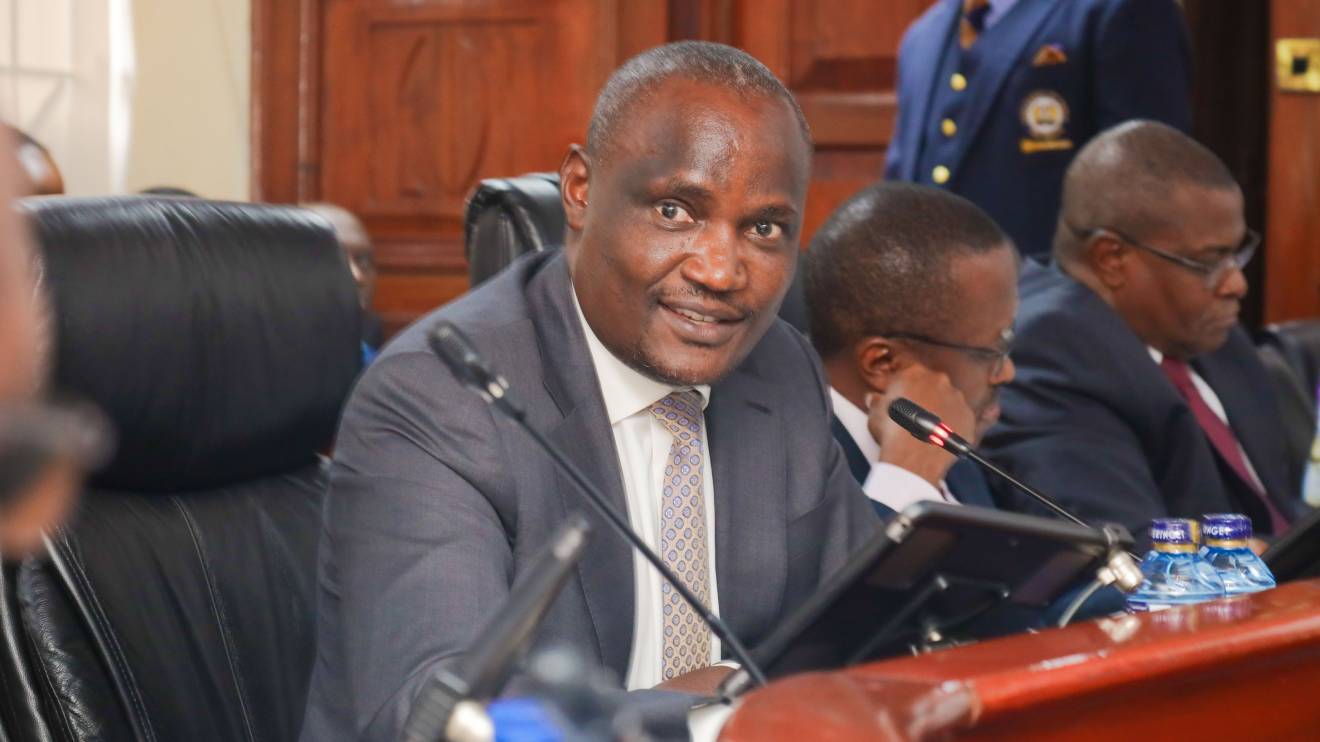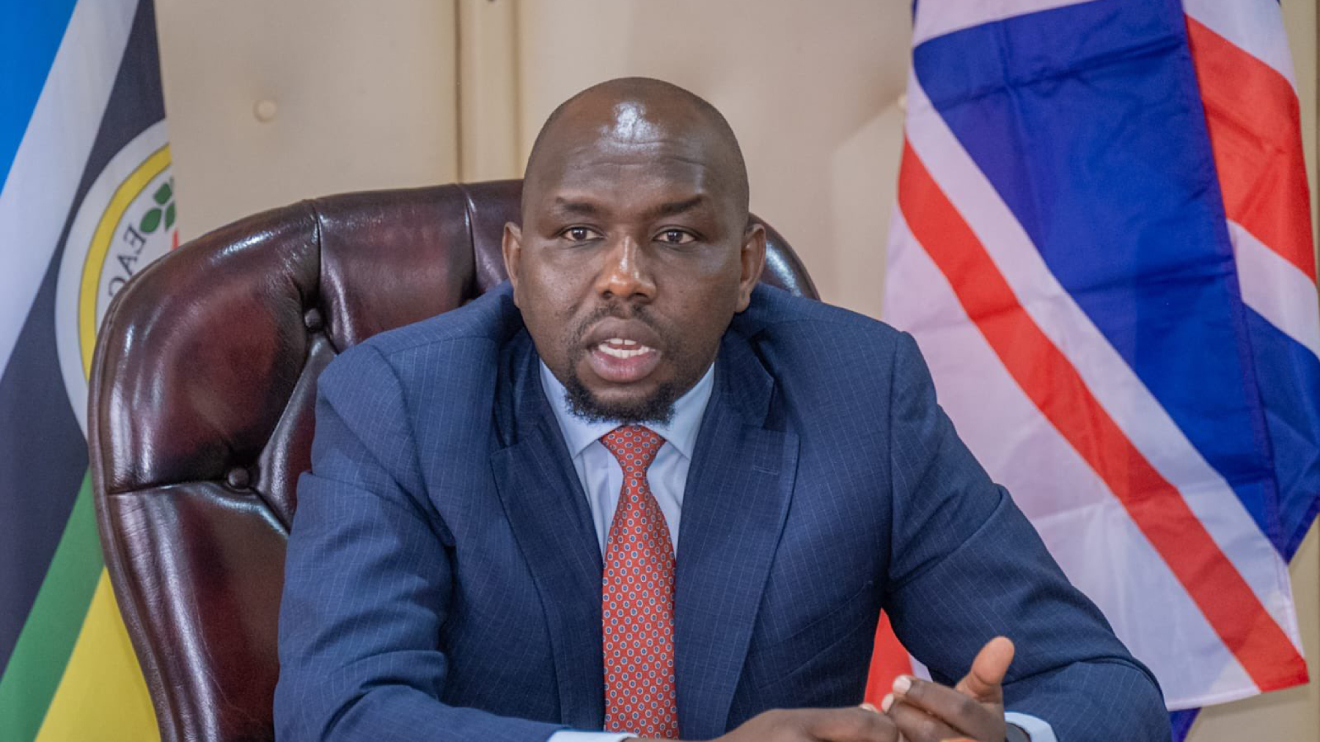Kenya's foreign debt ballooned to Sh11.36 trillion by March 2025, fuelling fresh anxiety over how the country will balance its loan obligations with the urgent need for development investment.
Current data reveals that interest payments alone are swallowing a significant portion of public resources, with Sh1.25 trillion already paid out by April in the current fiscal year.
“In FY2023/24, debt servicing reached Sh1.6 trillion — surpassing development spending by more than 1.5 times.”
The weight of domestic borrowing is growing heavier.
As of 23 May, the country’s internal debt had climbed to Sh6.20 trillion, having breached the Sh6 trillion mark for the first time on 14 February.
Read More
The surge has been particularly sharp in the segment of short-term Treasury Bills, now accounting for over 15 per cent of total domestic debt — the highest proportion seen in two years.
External loans, although slightly tempered in local currency terms due to a more favourable exchange rate, have not eased the overall burden.
The country’s foreign debt reached Sh5.27 trillion by March, marking the largest accumulation on record.
This level of borrowing represents a stark escalation from April 2009, when public debt first crossed the Sh1 trillion threshold.
Since then, a mix of infrastructure spending, emergency responses to the Covid-19 pandemic, and persistently high debt service costs has led to an aggressive upward trend, especially in the past seven years.
What is now becoming clear is that much of the new borrowing is no longer financing growth but simply plugging holes left by previous debt.
“Debt servicing now absorbs nearly all new borrowing — and sometimes exceeds it — leaving little room for development and social investments.”
The mounting use of short-term domestic instruments not only raises rollover risks but also pushes commercial lenders to prioritise government paper over private-sector lending.
This has led to a tightening of credit for businesses, undermining economic expansion.
Analysts are warning that unless there is a shift toward prudent fiscal reforms and revenue enhancement, the country risks being locked into a cycle of borrowing to repay debt.
“Kenya’s debt trajectory highlights an urgent need for comprehensive fiscal consolidation, enhanced revenue mobilization, and effective debt restructuring.”
With annual debt service payments edging closer to the Sh1 trillion mark, the country’s capacity to support future investments in health, education, and infrastructure hangs in the balance.







-1748950890.jpg)

